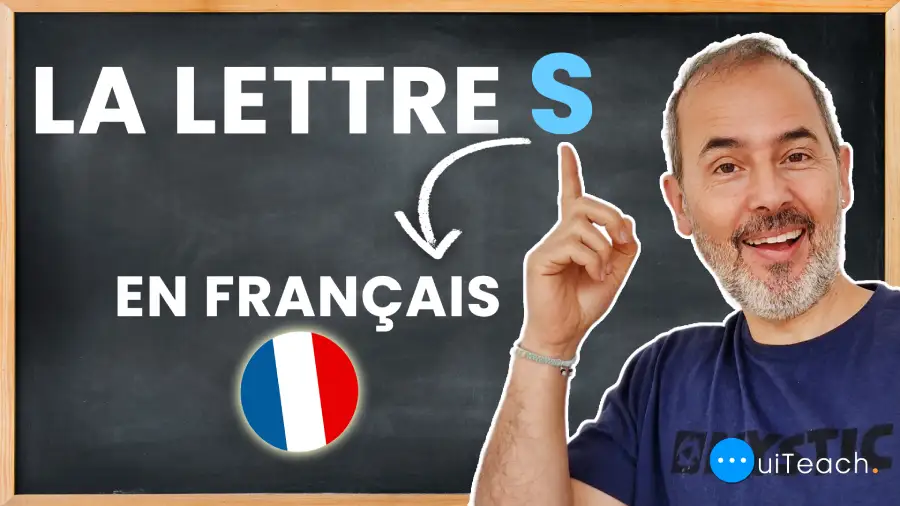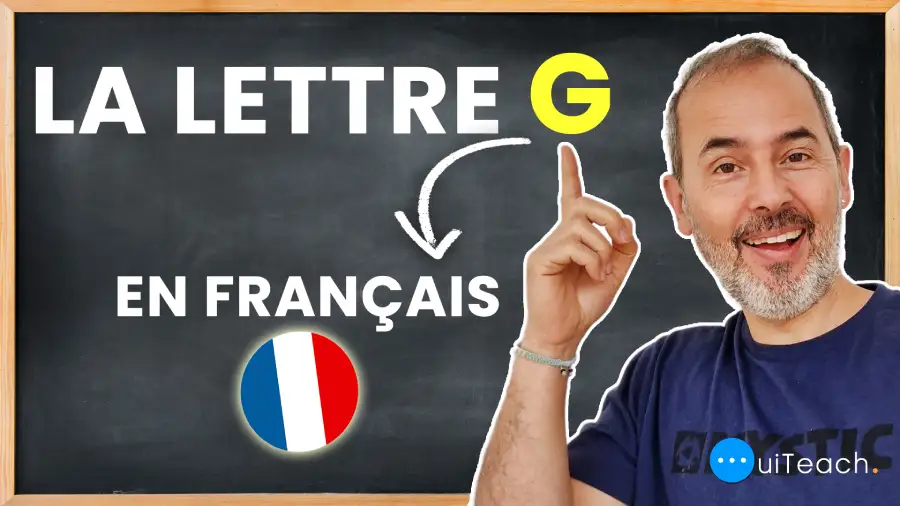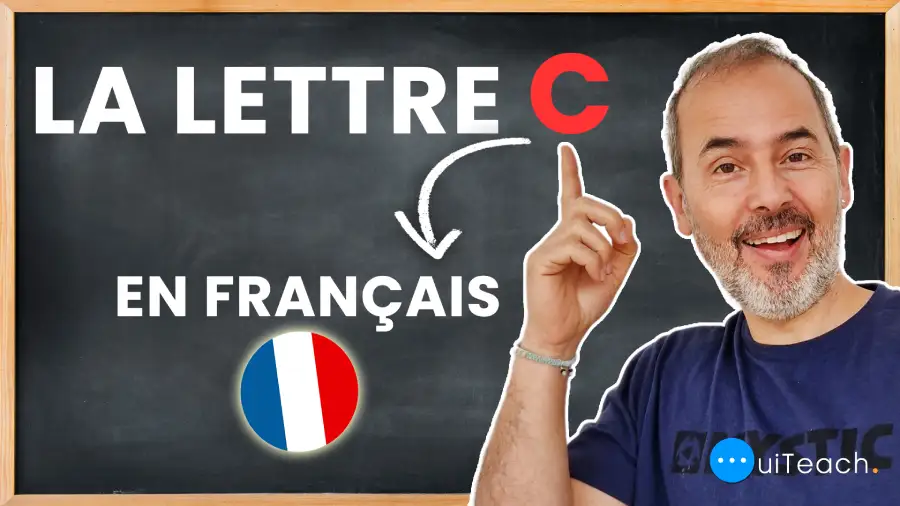Exploring the Intricacies of French Pronunciation: 5 Challenging Words Unveiled
Learning a new language can be an exhilarating and, at times, daunting journey. French, renowned for its elegance and beauty, is no exception. One of the intriguing aspects of mastering French lies in navigating its pronunciation intricacies. In this blog post, we delve into a captivating video that presents five challenging French words to pronounce. Let’s embark on this linguistic adventure together and unravel the mysteries of “voulu,” “cueillir,” “bouilloire,” “œil,” and “pays.”
Voulu: A Verb That Commands Precision
At first glance, “voulu” may appear deceptively simple, but mastering its pronunciation requires finesse. This past participle form of the verb “vouloir” (to want) demands attention to detail. In the video, expert instructors guide learners through the delicate articulation of each syllable, emphasizing the importance of voicing the “u” sound correctly. With practice and perseverance, one can conquer the challenges of pronouncing “voulu” with confidence.
Cueillir: A Harvest of Phonemic Challenges
The word “cueillir” poses a unique set of phonetic hurdles for French learners. As a verb meaning “to pick” or “to gather,” its consonant clusters can prove perplexing. In the video, viewers are treated to an insightful breakdown of the sounds involved, emphasizing the soft “ui” vowel combination and the subtle distinction between the “ll” and “i” sounds. With diligent practice, the mastery of “cueillir” becomes an achievable feat.
Bouilloire: A Whirlwind of Vowels and Consonants
The word “bouilloire” exemplifies the diverse range of sounds in the French language. Translating to “kettle,” this word is a playground for vowel combinations and intricate consonant pronunciations. Through the video’s visual and auditory aids, learners are guided in maneuvering through the challenges presented by the “ouil” combination and the rolling “r” sound. With determination, learners can confidently navigate the linguistic landscape of “bouilloire.”
Œil: The Window to French Pronunciation
The single syllable “œil” encompasses an entire universe of pronunciation intricacies. Meaning “eye,” this word challenges learners to embrace the unique vowel pairing of “œ” and “i.” The video’s instructors unravel the secrets to producing the proper nasalized “œ” sound, ensuring learners can tackle the pronunciation of “œil” with poise and accuracy.
Pays: Exploring the Complexity of Silent Letters
On the surface, “pays” seems straightforward, meaning “country” in French. However, the subtleties of French pronunciation reveal themselves through the silent letters that lay concealed within the word. In the video, viewers gain valuable insights into the pronunciation of the “s” at the end of the word and the mute “y” sound. By demystifying the silent letters, learners can enhance their grasp of French phonetics.
Conclusion
French, with its melodious tones and intricate pronunciation, can be an enchanting language to learn. Through the captivating video explored in this article, we have unraveled the challenges associated with pronouncing five difficult French words: “voulu,” “cueillir,” “bouilloire,” “œil,” and “pays.” By diving into the nuances of each word and following the guidance provided, learners can navigate the linguistic landscape of French with confidence and grace. With practice, perseverance, and a willingness to embrace the intricacies of French pronunciation, learners can unlock the door to fluency and expressiveness in this beautiful language.
It is essential to remember that mastering pronunciation is a journey that requires patience and consistent practice. Alongside watching instructional videos like the one explored here, learners should actively engage with native speakers, participate in language exchange programs, and immerse themselves in French culture to refine their pronunciation skills.
By developing a strong foundation in pronunciation, learners can enhance their communication abilities, gain a deeper understanding of the French language, and ultimately experience a more fulfilling linguistic journey.
So, whether you’re grappling with the subtle nuances of “voulu,” maneuvering through the consonant clusters of “cueillir,” tackling the whirlwind of sounds in “bouilloire,” embracing the unique vowel pairing in “œil,” or unraveling the mystery of silent letters in “pays,” remember that with dedication and persistence, you can conquer these pronunciation challenges.
Embrace the journey, savor the learning process, and allow the melodic sounds of the French language to guide you towards proficiency. Bonne chance! (Good luck!)






